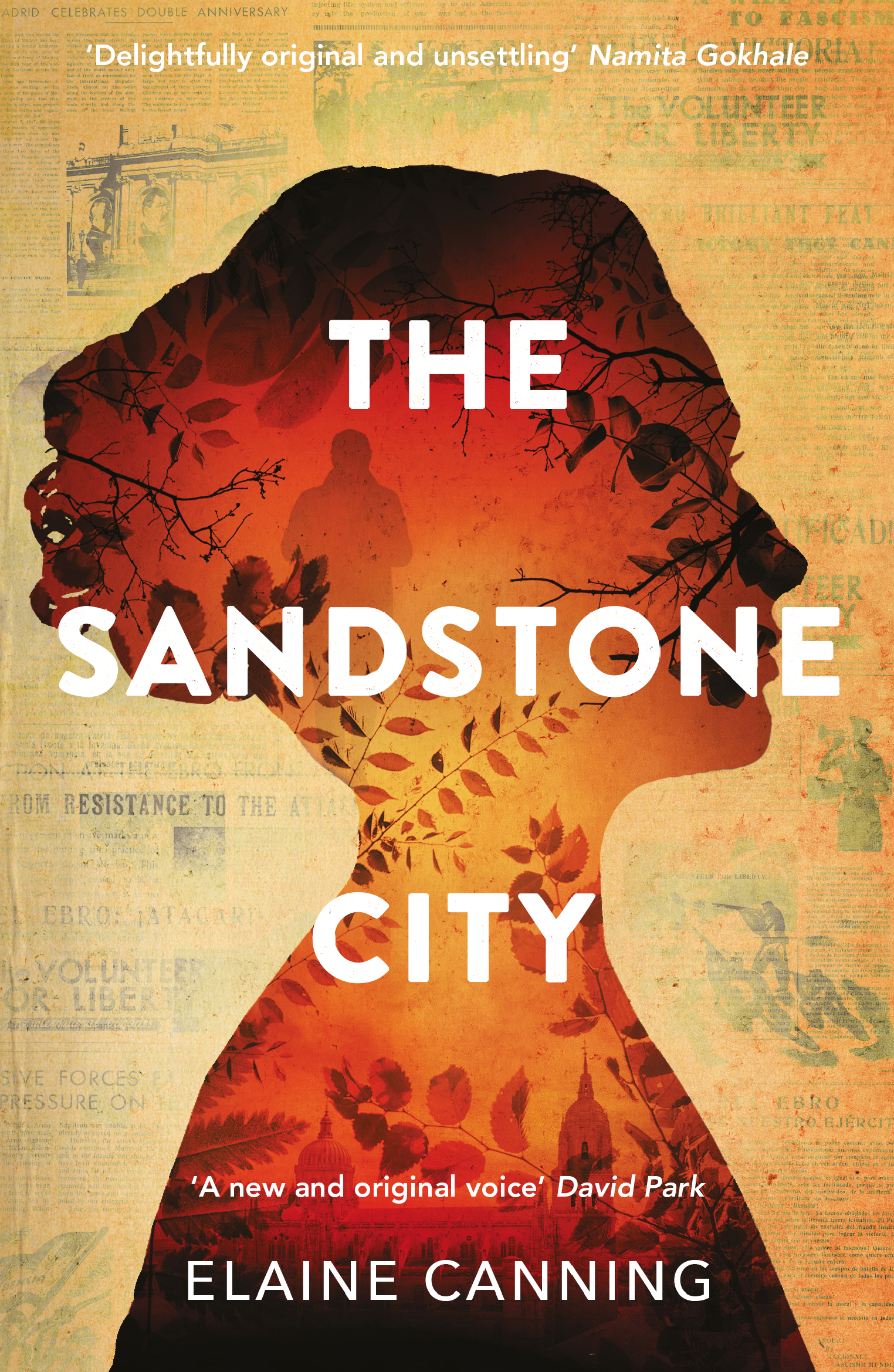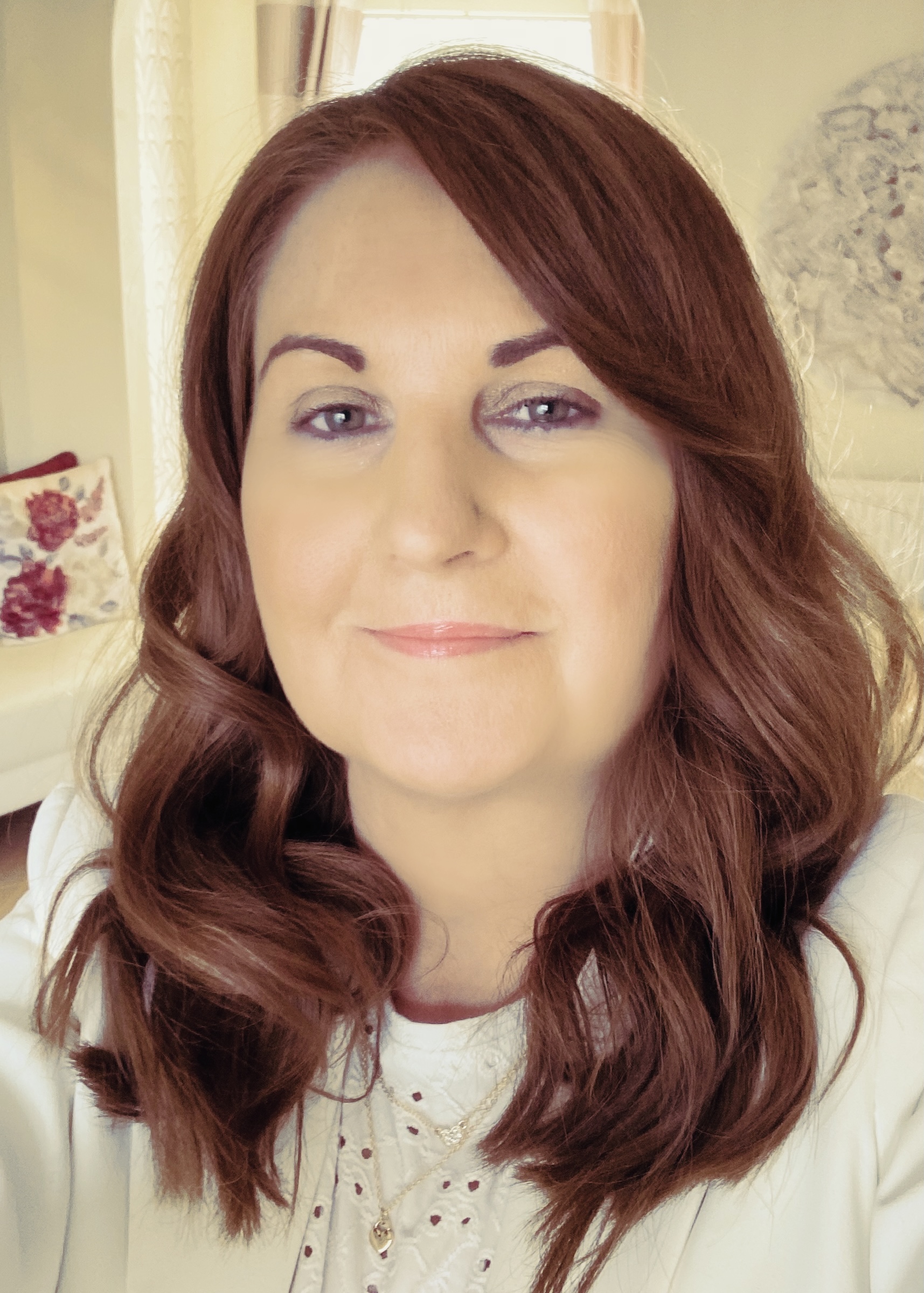Author Elaine Canning discusses her experimental literary fiction debut, The Sandstone City, and her experience working with an independent press.

1. The Sandstone City is your debut novel. What was it about this idea that gripped you? Could you tell us a little bit about its creation?
There were a number of triggers for the concept of The Sandstone City, as well as a few surprises once I got down to writing. Initially, it was the notion of family relationships and how even the closest bonds are challenged that I wanted to explore. After that, there were two ‘hinges’ which carried equal weight for me – I was fascinated by the Irish involvement in the Spanish Civil War and how this might be re-imagined in micro form in long fiction; and I wanted to make The Sandstone City a type of protagonist in its own right. The city is a re-creation of Salamanca in north-west Spain where I had the best time studying as an Erasmus student for one year. As I then began to contemplate the narrative arc, I discovered things I didn’t know before – for example, that Salamanca was the site of Nationalist headquarters during the Civil War itself; and that the Irish contingent under Eoin O’Duffy, who went to support Franco and the Nationalist effort, passed through it on their way to their base.
Most surprising of all, however, was the way in which different voices began to populate the story. Although the setting and the thematic strands of familiar bonds and conflict came to me quite quickly, character development took a little longer, and unexpectedly so. For me, character is most frequently my starting point with any piece of short or long fiction; that’s the reason why I couldn’t write The Sandstone City until I permitted Michael’s voice to breathe. He was always there, talking away to me in my head, although I never imagined he would appear on the page when I first began writing.
2. Does your writing process differ when writing fiction and non-fiction?
My experience of writing non-fiction has been primarily in the form of research articles and chapters on Spanish Golden-Age drama and Spanish cinema. Yes, absolutely, my process of writing academic papers differs greatly in comparison to writing fiction. My approach to academic writing involves having everything carefully mapped out and structured before I commit any ideas to paper or screen. Writing fiction is a much more liberating and exciting experience for me. I love how story and characters take you to unexpected places and situations which can be challenging and eye-opening. That is the true wonder of writing fiction – to allow yourself the space to draft and re-draft, and to listen to the voices of your characters.
3. What does ‘experimental literary fiction’ mean to you? What do you want readers to experience when they pick up The Sandstone City and delve into its pages?
For me, ‘experimental literary fiction’ comes in many different forms. I really admire writers such as Gabriel García Márquez and Isabel Allende who were the first to captivate me within magical realist worlds. More recently, I’ve been intrigued by the ways in which contemporary writers, such as Max Porter and Tice Cin, have adopted imaginative and playful approaches to both the rhythm and placement of words on the page. Others, like Helen Oyeyemi, thwart our expectations with unexpected plot and time twists, as well as strange, beautiful settings and protagonists. As a reader, I’m looking for this type of fiction to enchant and estrange me; for it to keep me wondering and questioning long after I’ve finished reading.
My aspiration is for The Sandstone City to achieve a small fraction of that; for my readers to care about the characters and their relationships and to remain with them while they navigate strange, unfamiliar territory.
 4. The book is set between modern-day Belfast and the Spanish Civil War. What advice would you give to writers writing across different landscapes and time periods?
4. The book is set between modern-day Belfast and the Spanish Civil War. What advice would you give to writers writing across different landscapes and time periods?
I think what’s most important is to allow voices to spill onto the page in a first draft. Sometimes, characters have too much, or indeed, too little to say! Afterwards, I try to distance myself a little before revisiting the words and giving consideration to how the voices, landscapes and time periods slot together. That’s not to say that I think a story should be told chronologically; not at all. We all remember and recall differently, and our memories return to us in non-linear, random, sometimes haphazard forms.
5. Could you talk us through the editorial process with your editor at Aderyn Press? What are your experiences of working with an independent publisher?
Working with Aderyn Press, from submission of the manuscript, to the editorial process, to signing off the work, has been one of the most incredibly rewarding experiences I’ve ever had the pleasure to have. From an extremely thorough structural and line edit process to being able to input into cover design, blurbs, straplines, etc, I’ve been able to share my own ideas whilst feeling very much part of the Aderyn family. I consider myself particularly fortunate to have Rebecca F. John, an award-winning, Costa-nominated writer herself as my publisher and editor. I cannot thank Rebecca enough for her empathy, energy, dedication and friendship.
6. Could you tell us about your most favourite recent read?
I’ve read many wonderful books over the last few months, but one that still permeates my thoughts is Louise Kennedy’s Trespasses. I’ve read it twice and listened to the recent BBC Radio 4 adaptation – I can only imagine how obsessive this might sound! It’s a gorgeous book – the prose is beautiful, the story heart-breaking with some desperate, tender moments. It has an authenticity and urgency about it that lingers long after its pages.
7. What are you currently working on?
I’m currently working on a short story collection around the theme of ‘incommunicado’ as a result of limited communication, misinterpretation and isolation, as well as the beginnings of a second novel.
The Sandstone City by Elaine Canning (Aderyn Press) is published on 3 November 2022 and can be purchased from your local bookshop or from the publisher’s website.
Comments